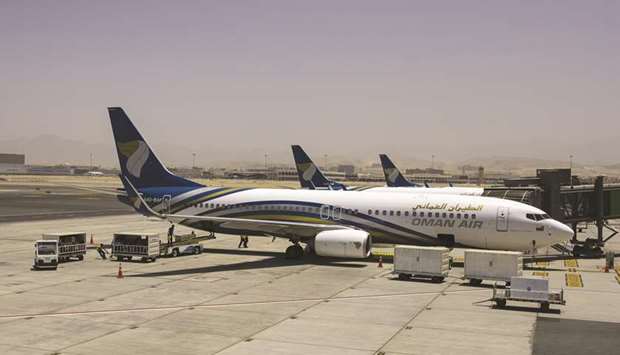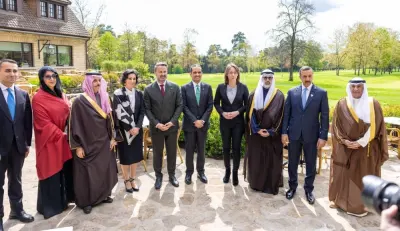Air
traffic congestion in the GCC remains a major challenge to the region’s
aviation industry, which supports more than 2.4mn jobs and generates
$130bn in gross domestic product.
The average delay per flight
attributed to air traffic control (ATC issues) in the GCC region is
currently estimated at 29 minutes.
Without urgent progress, that
could double by 2025, costing in excess of $7bn in lost productivity
time to passengers and adding over $9bn to airline operating costs, a
study by the International Air Transport Association has shown.
Passenger
demand in Mena, driven by the GCC region, is set to expand by 5.7%
every year on average over the next decade and a half, to become a
market of nearly 380mn passengers by 2035.
Like airlines, airports in
the region too have engaged in substantial development projects to
supply more capacity. The region’s available airspace and air traffic
capability, however, have not kept up with its ambition.
Approximately
half of the Middle East airspace is reserved for military flights,
which obviously adds to the air traffic control congestion.
Without
an increase in the overall efficiency of the Air Traffic Management
(ATM) systems in the GCC through improved airspace design, the region’s
world-class hubs may be caught in a gridlock.
Traffic congestion often results in flight delays, thereby affecting the on-time performance of various airlines.
An important benefit of decreased flight delays is the value of the time saved for passengers.
In
addition to passenger delay costs, there are also delay costs to
airlines, which affect the overall profitability of the airlines. More
than 30% of an airline’s operational cost is from fuel consumption, an
estimate shows.
The fact, however, remains that the region’s geography is a major hurdle towards effectively decongesting its air space.
The
countries in the region are located geographically very close to one
another. Within five or 10 minutes, one will be flying into another air
traffic management (ATM) area or may be even more.
“We have been
talking to respective militaries through regulators in each of these
countries to free up space for commercial use,” IATA regional
vice-president (Africa and Middle East) Mohamed Ali Albakri told me in
Seoul recently.
“The 29 minutes average delay per flight we are
talking about would have increased by now... people flying in and out of
the region would have noticed.
This will continue to increase as
the region’s aviation industry grows with the launch of new airlines,
more flights and destinations,” Albakri noted.
Experts suggest that the region’s air space should be managed in a more integrated way.
“We
believe the military could allow the use of more commercial air space.
And of course, the entire redesign of the air space could free up and
provide the capacity that is needed,” Albakri suggested.
At its
annual general meeting in Seoul last month, the global trade body of
airlines said it was talking to militaries through the regulators in
these countries to free up space for commercial use.
The association
has also been encouraging and working with countries in the region and
regulators concerned to upgrade their technologies and redesign their
air space.
“It has got a lot to do in terms of redesigning their air
space and upgrading their technology that will allow them to increase
their capacity (of existing Flight Information Region or FIRs). “We
cannot create more air space. But we can certainly create more
efficiencies,” Albakri stressed.
The challenges facing air traffic
control are recognised throughout the region and initiatives have been
launched to quantify and address the issues. However, the pace of
progress often does not meet that of continued traffic growth.
Several
ongoing initiatives to decongest the region’s airspace include the GCC
Air Navigation Committee and the ‘Middle East ATM Enhancement Programme.
GCC’s
aviation sector contributes significantly in terms of GDP and
employment, and still has a great potential to generate growth.
There
are several factors at play in the rise of aviation in the Middle East —
the region’s strategic geographic location between Europe and Asia,
increasing inbound tourism to the region, and large airport developments
across the region.
Undoubtedly, aviation has the power to create
significant prosperity. A safe, secure, efficient and sustainable air
transport industry pays huge social and economic dividends.
But
despite the vast benefits enabled by aviation connectivity, the
operating environment for airlines in Mena still remains challenging.
* Pratap John is Business Editor at Gulf Times.

A Boeing 737-800 aircraft, operated by Oman Air, stands beside the passenger terminal at Muscat International Airport.



